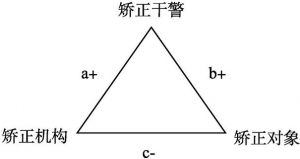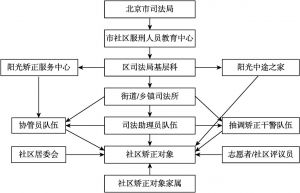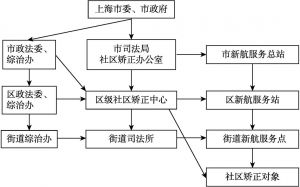论文
综合管理模式:社区矫正二难困境“监管-恢复”的应对之策
摘要
监督管理和矫正恢复是国际社区矫正领域难以平衡的两项职能,二者分别主导了美国20世纪后半叶的不同时期,然而都以失败而告终。北美的循证矫正运动通过大量研究证据证明了克罗卡斯提出的综合管理模式的矫正效果明显高于监督模式和恢复模式。美国和加拿大由此启动了影响广泛的社区矫正工作人员培训计划。经过对照分析,本文发现社区矫正北京模式基本上属于监督模式,而上海模式属于恢复模式。我国需谨慎对待设立社区矫正警察的呼声,可考虑采取有效可行的方式引入司法社工,并切实提升工作人员的矫正专业素养。
作者
检索正文关键字
论文目录
- 一 美国的两场宏大社会“试验”
- 二 “监管-恢复”角色的经典研究
- 三 三种模式的循证研究
- 四 综合管理模式作用机制
- 五 综合型监管模式发展状况
-
六 中国社区矫正两大传统管理模式分析
- (一)北京模式
- (二)上海模式
- (三)两大模式管理特征及效果
- 七 综合管理模式对我国社区矫正的启示
相关文献
查看更多>>>





